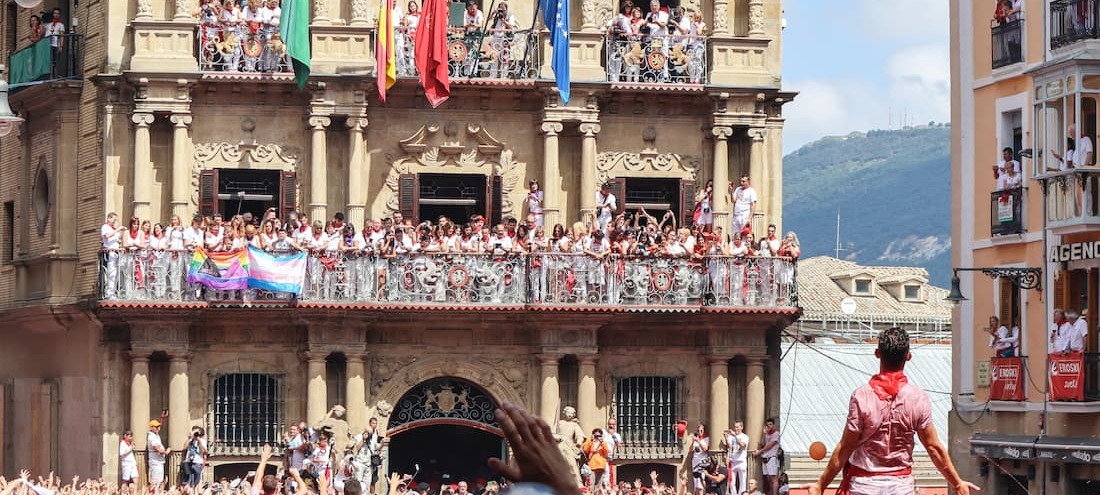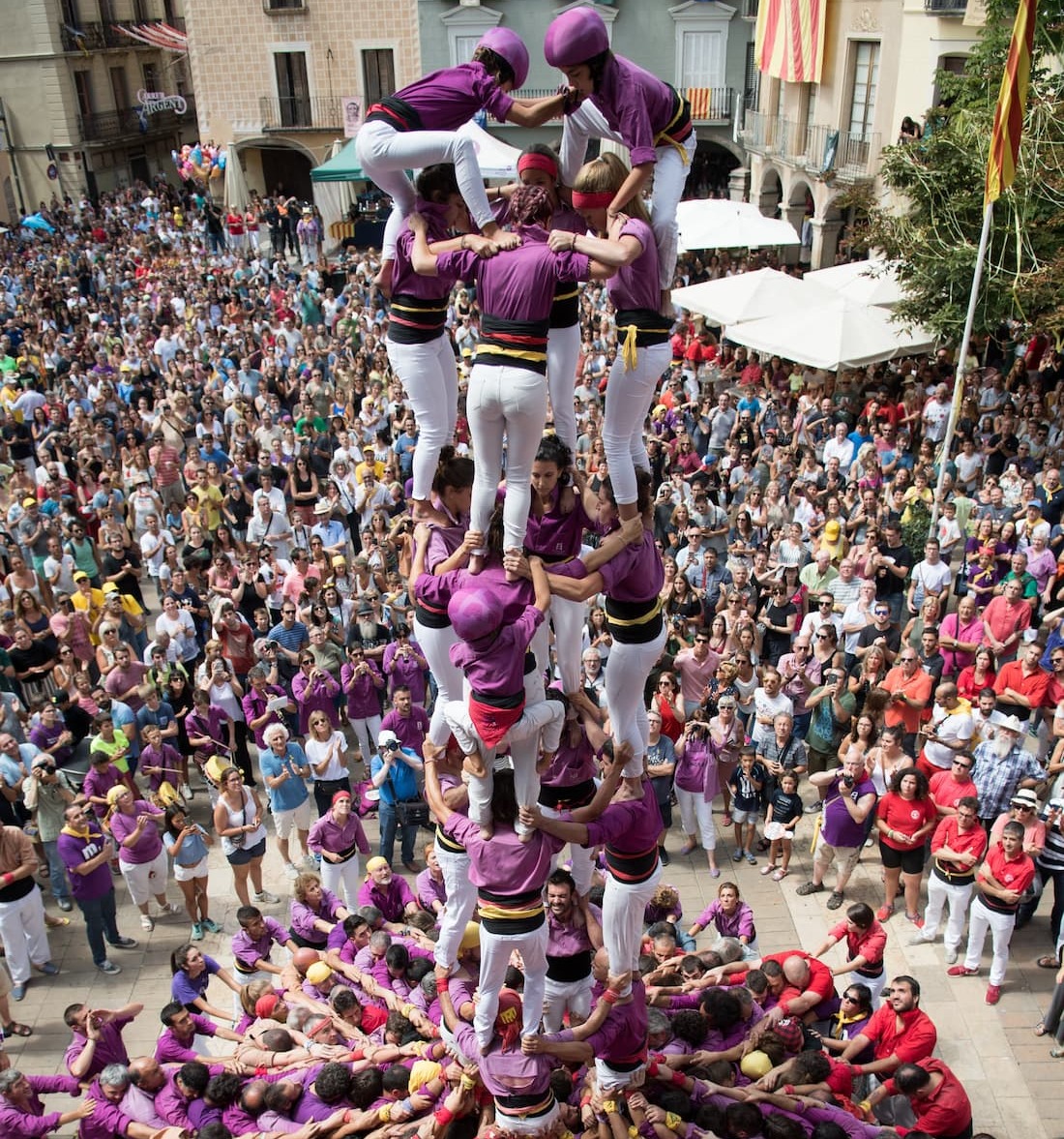
From human-tower contests to talcum powder fights, Spain is renowned for its many unusual festivals. No matter which part of the country you’re visiting, or what time of year, you’re almost guaranteed to find something weird going on. But can you tell the real events apart from our fictional ones? Take this fun quiz to find out (answers at the bottom).
TRUE OR FALSE?
1.Every February on Palma, in the Canary Islands, a giant, papier mache sardine is buried as part of Los Indianos, a festival held to celebrate the locals who emigrated to Cuba in the 19th century and returned to the island rich. The sardine’s funeral is announced in notices placed around the town and a funeral procession is led down to the seafront on the last day of the carnival when, after much melodramatic ‘mourning’ from onlookers, the fishy effigy is blown up in a shower of fireworks.
2. Babies under one year old are in high demand in the village of Castrillo de Murcia near Burgos, where an annual ‘baby-jumping’ festival has been held every June since ancient times. The tots are laid on a mattress in the street while men dressed in red and yellow devil costumes known as Colacho take turns to leap over them in a ritual supposed to chase away any bad spirits. The babies are then sprinkled with rose petals before being whisked away by their parents.

3. In Santa Marta de Ribarteme, Galicia, anyone who has had a brush with death in the past year is invited to give thanks for escaping the Grim Reaper…by getting into a coffin and being carried to church by friends and family. The coffins are carried in a route around the village before arriving at the church, where participants feast on grilled octopus, drink wine and give thanks for their lives.
4. March sees Valencia set ablaze as the spectacular Las Fallas festival fills the streets with burning effigies – known as ninots -, firecrackers and marching bands. Originally held to commemorate Saint Joseph, the event has evolved into one of the country’s most famous attractions with an entire fortnight dedicated to parades and pyrotechnics. The ninots, meanwhile, are an artform all of their own. The staggering giant models are constructed afresh each year by locals and often include satirical interpretations of politicians, pop stars and cartoon characters.

5. In addition to paella and sangria, it turns out the Spanish are also masters at making human towers – or ‘castells’, as they are known. In fact, it’s a favourite activity across the region of Catalonia where, in cities including Barcelona and Tarragona, people just love piling up on top of each other every year. The longest-running of these events can be seen in Tarragona’s old bullring where the main ‘castalleres’, or castle-making, clubs meet in October to form towers between six and ten tiers high. In Barcelona, you’ll find human towers at the Festival of La Sagrada Familia every April. These towers are such an important part of Catalonian culture they have even been awarded the UNESCO Intangible Cultural Heritage of Humanity designation.
(Which are true and which false? Incredibly, they are all true. These are all real Spanish festivals).
Want to get a piece of the paella? Book your hire car in Spain now to get your adventure underway.
